Two in three Americans disapproved of the Supreme Court’s decision to overturn the Roe v. Wade decision (aka the Dobbs case), the latest Kaiser Family Foundation Health Tracking Poll found. While inflation tops voters’ priorities, abortion access resonates for key voting blocs.
KFF conducted this survey among 1,847 U.S. adults 18 and over between July 7 and 17, 2022.
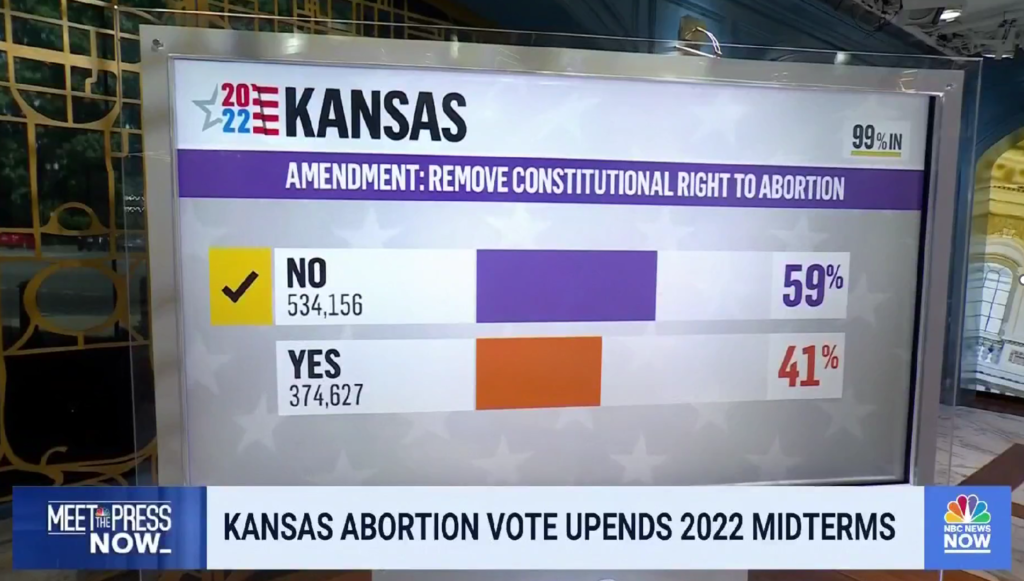
KFF published the study findings this week on August 2, a day of political primaries and ballot considerations in several U.S. states.
Consider Kansas: a majority of Kansans voted on Tuesday to protect abortion rights in the State’s constitution.
This, in a very “red” state, according to the Pew Research Center: 46% of Kansans identify or lean Republican, 31% Democrat or lean to Dem, and 23% do not identify with either party.
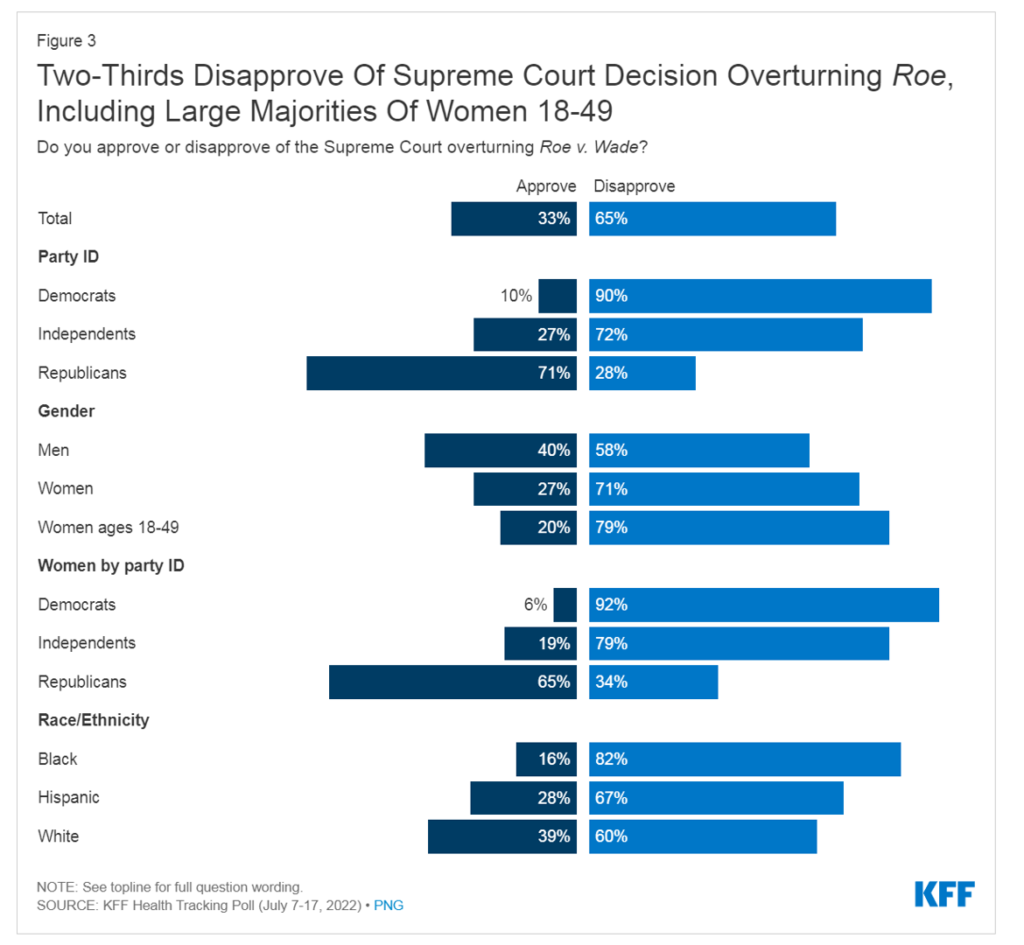
Pew’s research found a 14-percentage point increase in the number of Americans who said abortion would be “very important” for their 2022 midterm votes: 59% in February 2022 compared with 73% in July 2022.
This passion to vote is especially acute among women ages 18 to 49 who told Pew they were “more motivated” to go to the midterm polls due to the SCOTUS decision. Nearly 9 in 10 of these women would be voting for candidates who run on protecting access to abortions, the Pew poll gauged.
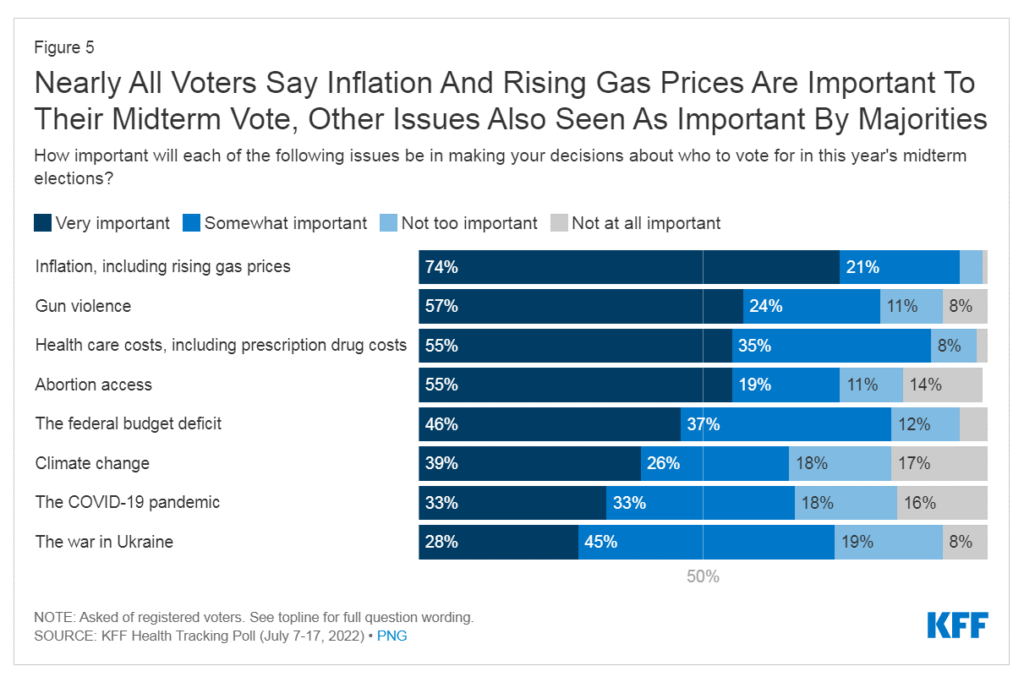
Similarly, the KFF health tracking poll found that 79% of women ages 18-49 disapproved in the Supreme Court decision overturning Roe, shown in the study’s bar chart labeled Figure 3.
James Carville observed that “it’s the economy stupid” in 1992, coining the now-famous political-fiscal phrase during the 1992 presidential campaign when Carville was advising Bill Clinton in opposition to incumbent President George H.W. Bush.
While Carville’s mantra should inform our scenario planning for 2022 midterm election drivers among voters, the second chart from KFF’s study raises other issues that majorities of U.S. voters also highly rank.
Clearly, inflation ranks well ahead of other issues of importance to U.S. voters for the November 2022 midterms. Then voters are next concerned about health care costs (including prescription drug costs) and gun violence. The war in Ukraine and the federal budget deficit also rank high, with climate change and COVID-19 garnering majorities of concern, but receding below inflation and health care costs.
Interestingly, Carville suggested that Clinton put a sign up in his Little Rock campaign “war room” with three priorities to hone in on that stand the test of time for the past three decades:
- Change versus more of the same
- The economy, stupid
- Don’t forget health care.
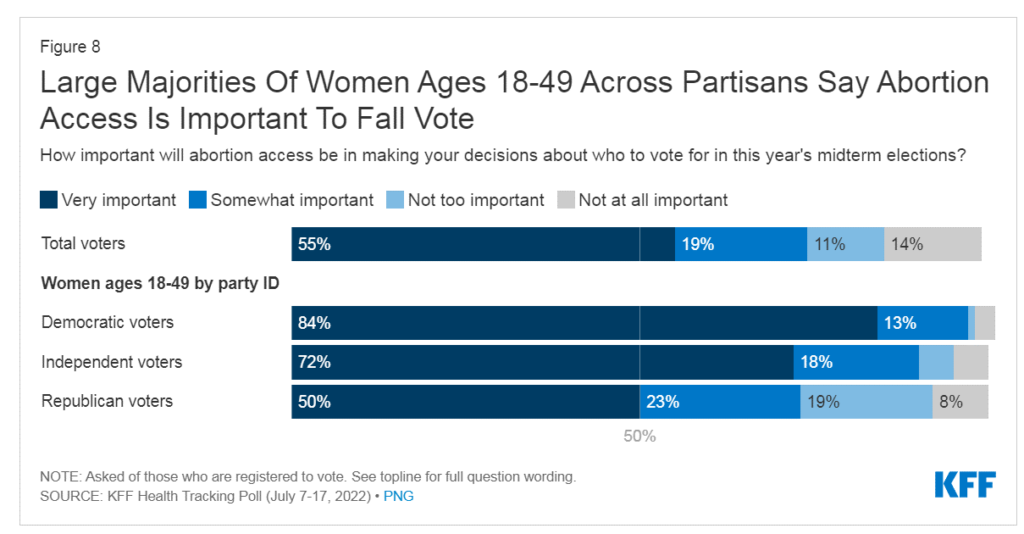
Inflation, gun violence, and health care are kitchen table issues for women….and abortion access appears to cross women’s political party. Fully 50% of Republican women ages 18-49 told KFF that abortion access is “very important” in their fall vote, with an additional 23% of Republican women of childbearing age looking at abortion access in their voting, as well.
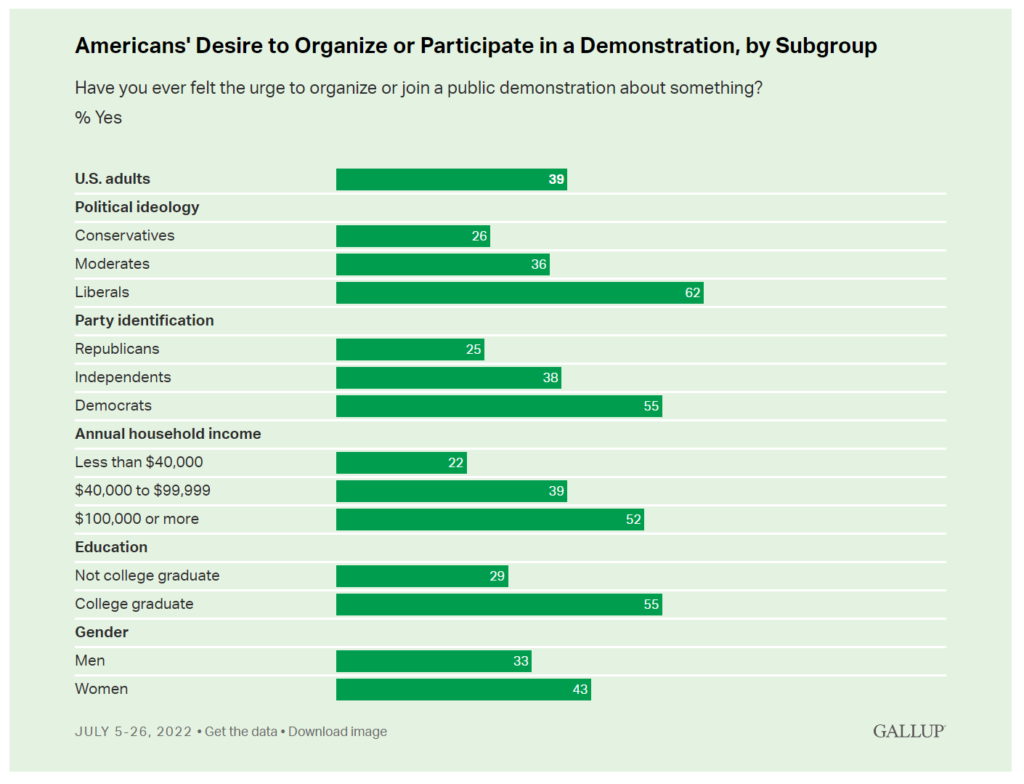
Health Populi’s Hot Points: A Gallup poll conducted in July 2022 gauged Americans’ interest in participating in a public demonstration, or organizing one. This last chart summarizes Gallup’s findings, and they tell us a lot about passion to politically engage as we approve the U.S. midterm elections in November.
Note that more women than men would be keen to be part of a demonstration; more liberals and Democrats than those of other political leanings; and, more educated and affluent people appear to be interested in greater public demonstration.
The “enthusiasm gap” has long been a factor driving some folks to vote, and others to stay home and avoid the polling booth. Nate Silver discussed the concept here in his 2010 FiveThirtyEight blog, noting that it’s more about turnout than “enthusiasm.”
The Kansas vote on abortion access coupled with other studies looking at women, health, and inflation (financial health, a big challenge for women in and beyond the pandemic), suggest there will be significant turnout among women in America at the polls this November — driven by several factors that are shaping women’s everyday lives, livelihoods, and healthcare.


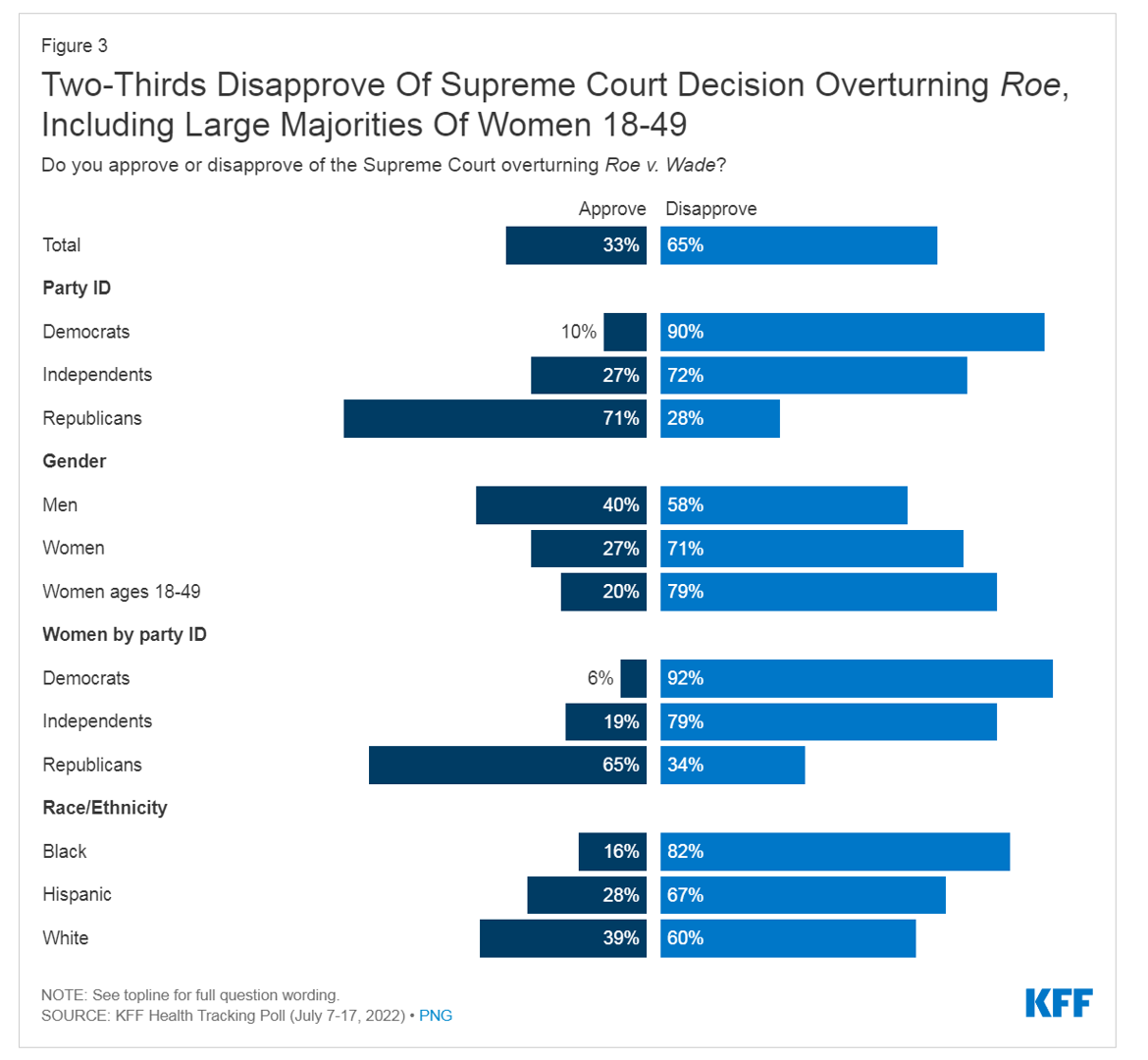


 I'm in amazing company here with other #digitalhealth innovators, thinkers and doers. Thank you to Cristian Cortez Fernandez and Zallud for this recognition; I'm grateful.
I'm in amazing company here with other #digitalhealth innovators, thinkers and doers. Thank you to Cristian Cortez Fernandez and Zallud for this recognition; I'm grateful. Jane was named as a member of the AHIP 2024 Advisory Board, joining some valued colleagues to prepare for the challenges and opportunities facing health plans, systems, and other industry stakeholders.
Jane was named as a member of the AHIP 2024 Advisory Board, joining some valued colleagues to prepare for the challenges and opportunities facing health plans, systems, and other industry stakeholders.  Join Jane at AHIP's annual meeting in Las Vegas: I'll be speaking, moderating a panel, and providing thought leadership on health consumers and bolstering equity, empowerment, and self-care.
Join Jane at AHIP's annual meeting in Las Vegas: I'll be speaking, moderating a panel, and providing thought leadership on health consumers and bolstering equity, empowerment, and self-care.